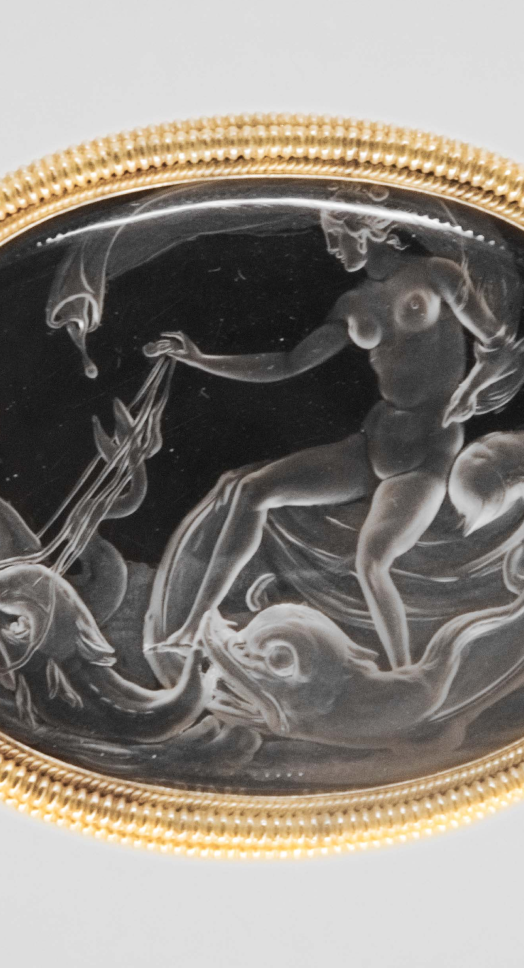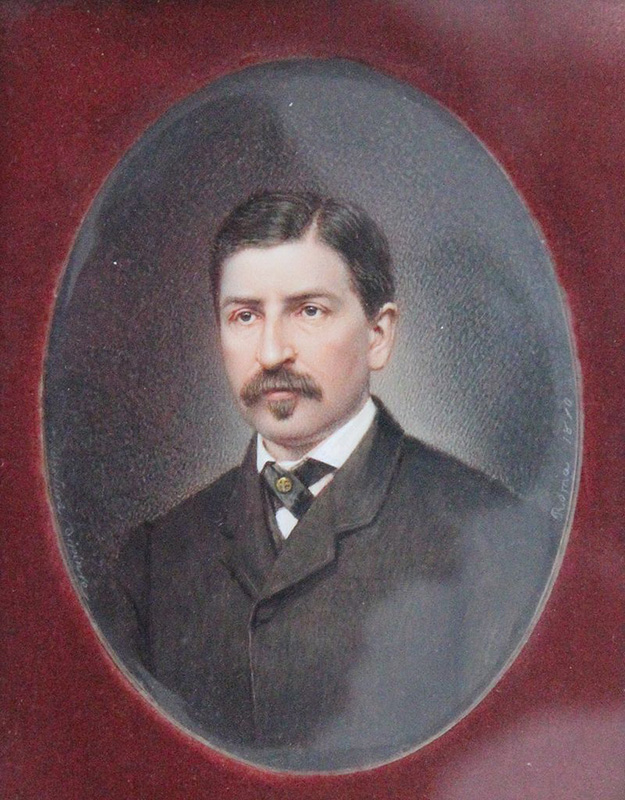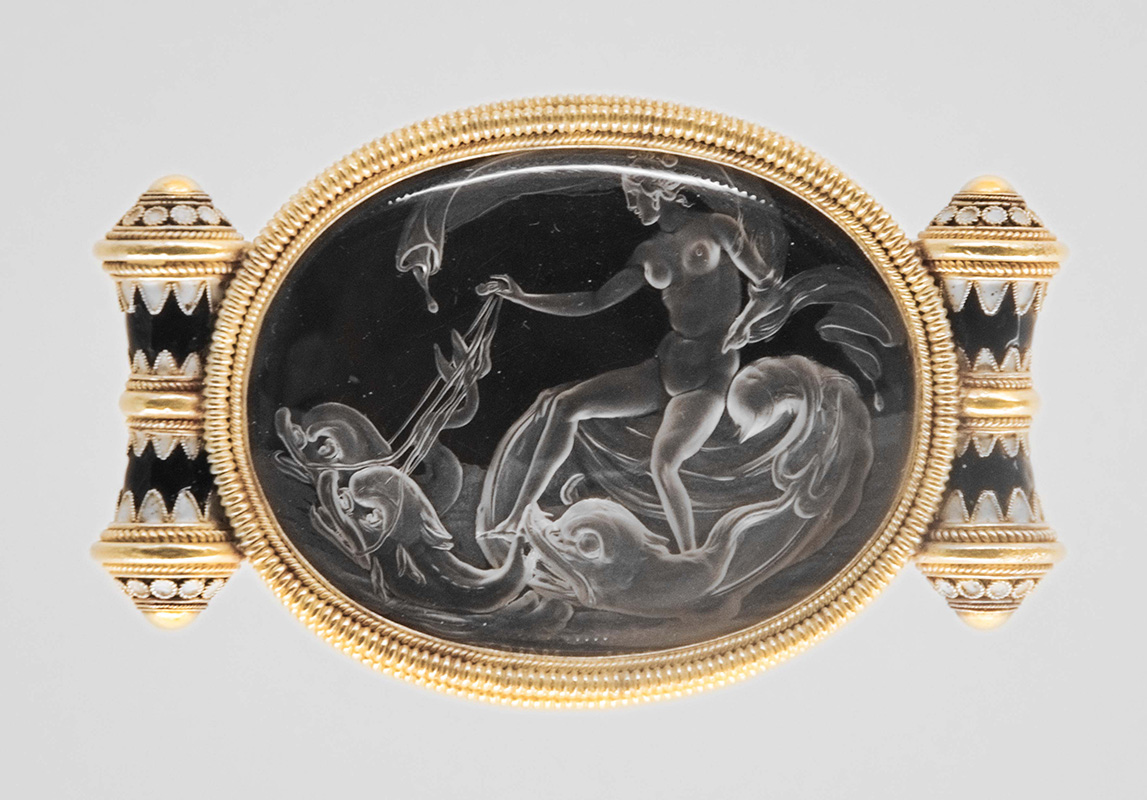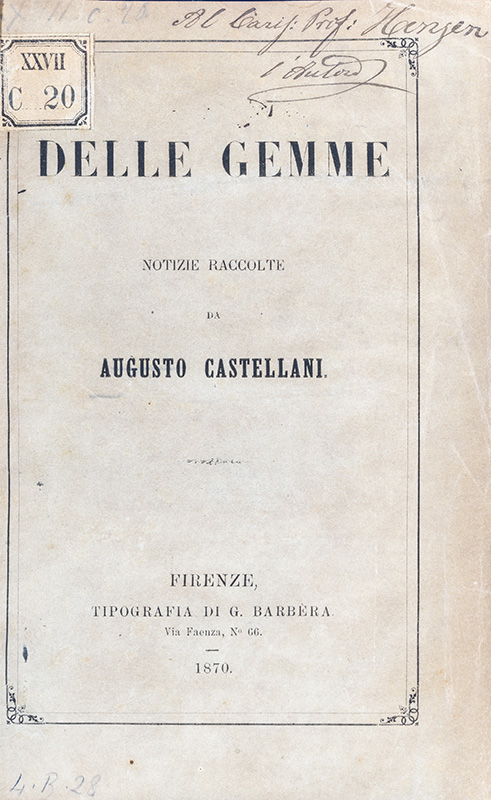A collection of books donated by the last heir and member of the Castellani family, this archive offers unique insight into jewellery and the art market in 19th-century Rome

The Castellani family (Fortunato Pio, Alessandro, Augusto and Alfredo) is known mainly as jewellers, but also as ceramicists, collectors and antique dealers. Active in Rome as of 1814, they were famous primarily for the creation of jewellery inspired by Greek, Roman, Etruscan, Medieval and Renaissance pieces. Their jewellery was modelled after in-depth studies on goldsmithing techniques, especially those used by the Etruscans, whose tombs in Tuscany and Lazio were discovered during the excavations that took place at the time.

Portrait of Augusto Castellani, circa 1860
The products made by the Castellani family were so popular that they opened branches in Naples, London and Paris. Today, their work can be admired in museums around the world, including the National Etruscan Museum at Villa Giulia in Rome and the Victoria & Albert Museum in London. The day after 20 September 1870 (the Capture of Rome), Augusto Castellani (1829-1914) helped found the Municipal Archaeological Commission of Rome. He was also among the organizers of the Artistic Industrial Museum of Rome (Museo Artistico Industriale), and served as the Director of the Capitoline Museums.

Cameo-pin depicting a Marine Venus from the Castellani Collection, National Etruscan Museum of Villa Giulia, Rome
The archive was donated to the Library in 1930 in accordance with the will of Alfredo Castellani (1853-1930), the family's last heir. Though not particularly numerous, it is mainly made up of publications from the late 19th century on archaeology, history, applied arts and goldsmithing. The presence of valuable 19th-century periodicals, especially those relating to Rome, is worth noting. The collection of booklets and brochures, despite their occasional nature (exhibition catalogues, assembly minutes, laws and regulations regarding jewellery) is more homogeneous and attests to the family's interest in antiques, ornamentation, goldsmithing and ceramics.

Delle Gemme. Notizie Raccolte da Augusto Castellani, 1870